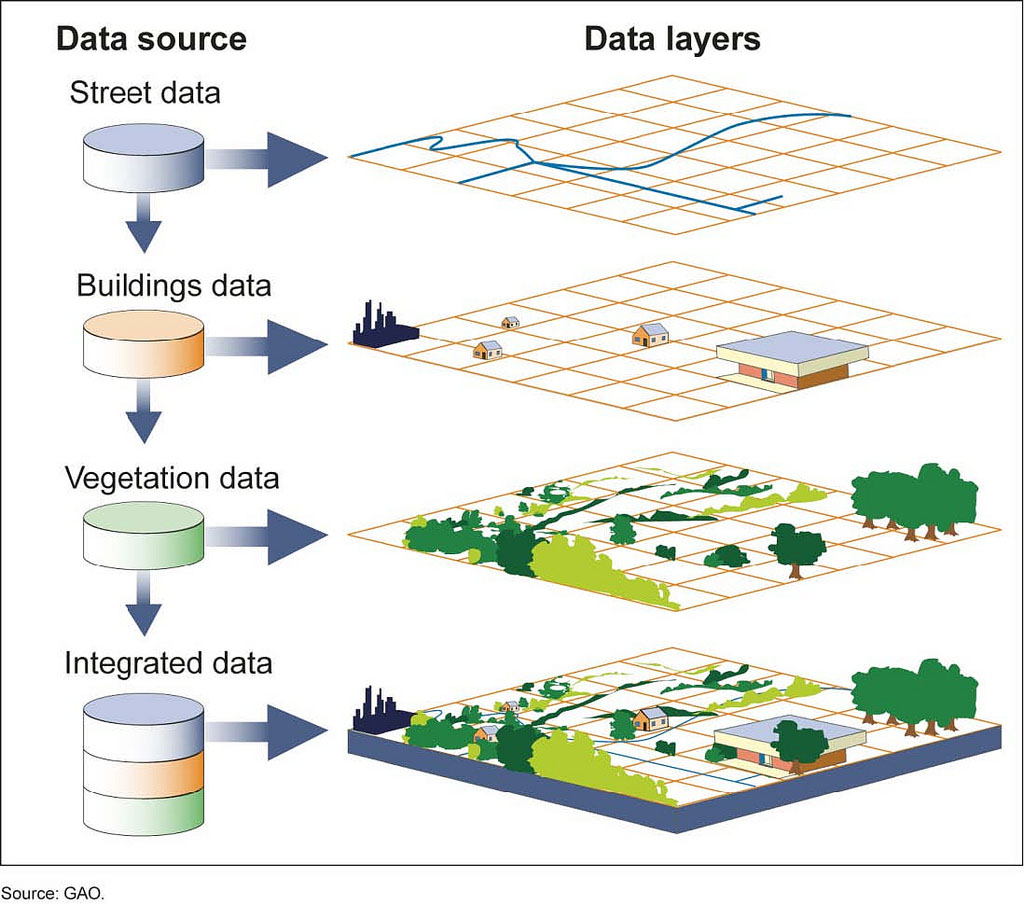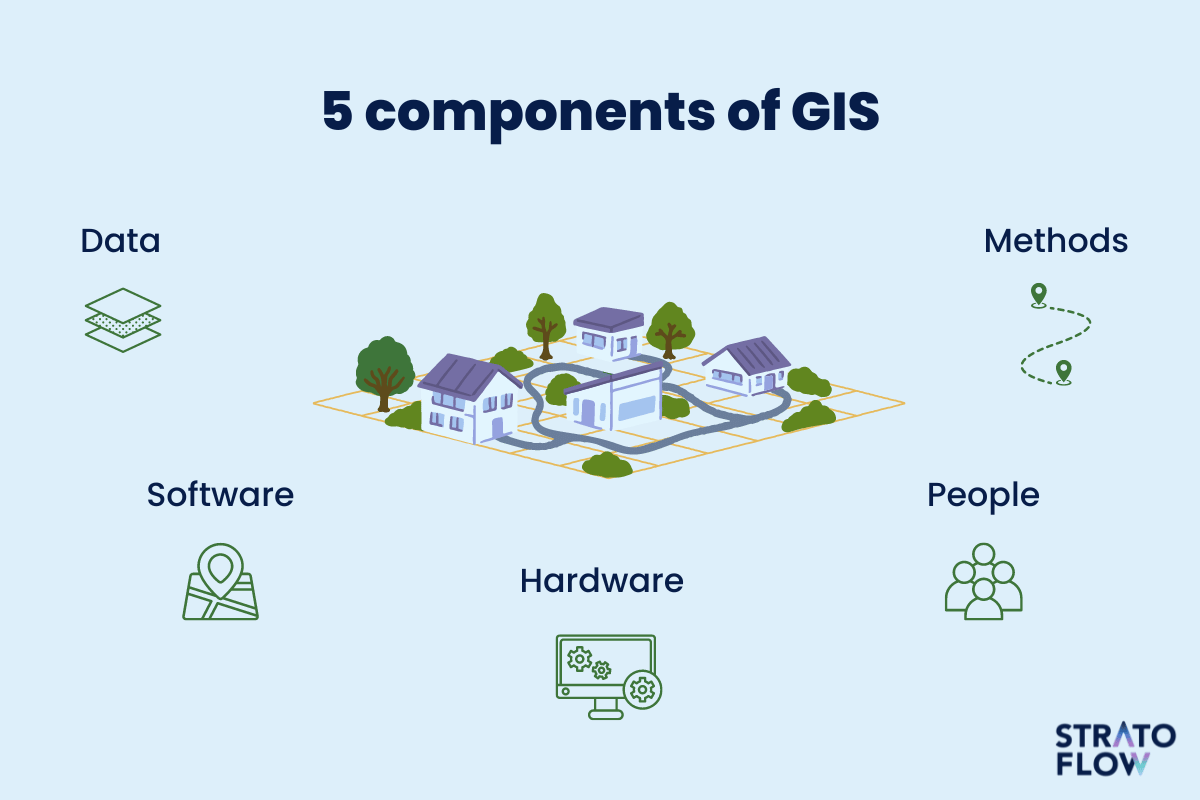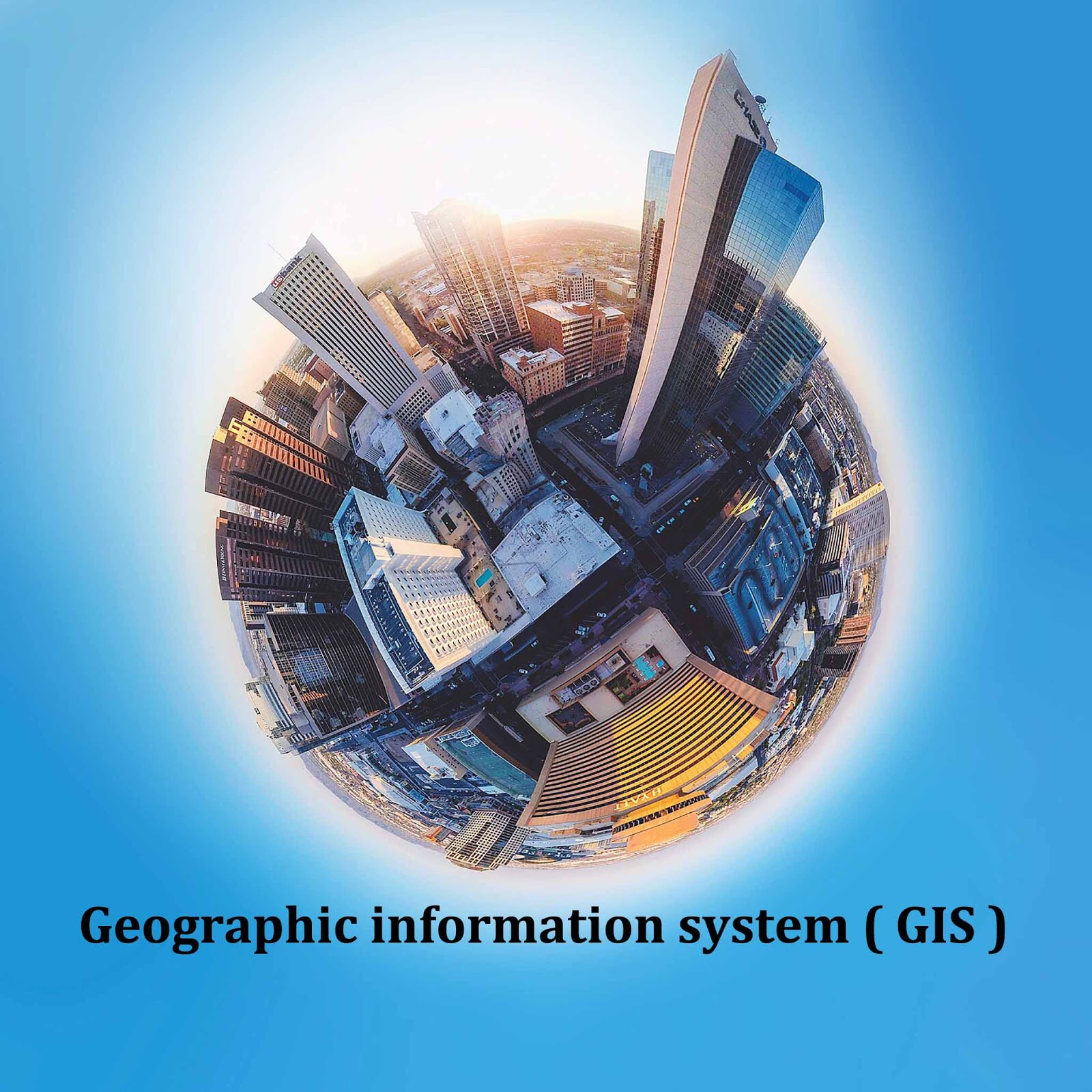
Bears Ears: Where Ancient Footprints Meet Digital Maps on a Sacred Landscape
There are places on Earth that resonate with an energy so profound, you feel it in your bones. Bears Ears National Monument in southeastern Utah is one such place. It’s not just a collection of stunning sandstone canyons, towering mesas, and verdant pinyon-juniper forests; it’s a living archive, a sacred landscape etched with the stories of millennia. For the intrepid traveler seeking not just beauty but deep understanding, Bears Ears offers an unparalleled journey into the heart of America’s indigenous heritage, made all the more vivid and vital by the silent power of GIS data.
From the moment the twin "Bears Ears" buttes rise on the horizon, a sense of timelessness envelops you. This monument, spanning over 1.36 million acres, is a cultural treasure chest. It boasts an estimated 100,000 archaeological sites, from ancient cliff dwellings clinging precariously to canyon walls to intricate petroglyph panels depicting hunting scenes and spiritual symbols. These are not mere ruins; they are the footprints of Ancestral Puebloans, Ute, Navajo, Hopi, and Zuni peoples who have called this land home for thousands of years. Their connection to this land is not historical; it is continuous, deeply spiritual, and fundamentally tied to their identity.
What makes Bears Ears a uniquely compelling destination, especially for those interested in the intersection of culture, conservation, and technology, is its recent history and the ongoing role of Geographic Information Systems (GIS) in its protection and management. The monument was initially designated in 2016, then controversially reduced in 2017, only to be restored in 2021. Throughout these turbulent shifts, GIS data wasn’t just a background tool; it was a central character, shaping debates, informing policy, and ultimately, safeguarding the land’s invaluable resources.

GIS: Unveiling the Invisible, Protecting the Sacred
Imagine standing at a remote trailhead, the vastness of the landscape stretching before you. What you see is only a fraction of what is truly there. Beneath your feet, within the canyons, and across the mesas lies a complex tapestry of cultural sites, ecological zones, and traditional use areas. This is where GIS data becomes an invaluable lens, transforming the visible landscape into a multi-layered narrative.
At its most basic, GIS uses digital maps and geospatial data to analyze and display information about the Earth’s surface. For Bears Ears, this translates into an incredibly rich and vital dataset. Archaeologists and tribal cultural resource managers use GIS to meticulously map the monument’s tens of thousands of archaeological sites. Each dwelling, kiva, granary, and rock art panel is precisely located, categorized, and analyzed within a digital framework. This isn’t just about drawing dots on a map; it’s about understanding spatial relationships, identifying concentrations of sites, and recognizing patterns of ancient habitation and movement. This precise mapping allows for targeted protection efforts, preventing damage from development, resource extraction, or even unwitting visitors.
Beyond physical structures, GIS helps map intangible cultural resources. Traditional plant gathering areas, sacred springs, ceremonial pathways, and places of spiritual significance – all of which are deeply embedded in the cultural practices of the affiliated tribes – can be documented (with appropriate safeguards for sensitive information). This digital layering of traditional ecological knowledge with modern scientific data creates a holistic understanding of the landscape, crucial for co-management efforts between federal agencies and the five tribal nations (Ute Mountain Ute, Navajo Nation, Hopi Tribe, Ute Indian Tribe of the Uintah and Ouray Reservation, and Zuni Tribe).

During the monument’s boundary debates, GIS played an absolutely critical role. Geospatial analysts used satellite imagery, topographic maps, and cultural resource databases to visualize and argue for the monument’s extent. They could demonstrate precisely where significant archaeological sites were concentrated, where vital ecological corridors existed, and how proposed boundary changes would impact these irreplaceable assets. Tribal governments, in particular, leveraged GIS to present their own maps and data, asserting their ancestral connections and traditional land uses, providing irrefutable evidence for the monument’s original boundaries and the necessity of its protection. This wasn’t just about lines on a map; it was about the digital representation of sovereignty and ancestral rights.
For the modern traveler, while you won’t be handed a GIS console, the impact of this data is felt in the carefully curated visitor experiences and the preservation of the sites you encounter. Ranger-led tours might subtly reference the scale of known sites, or informational kiosks might display generalized maps showcasing the density of cultural resources without revealing sensitive locations. In the future, imagine a travel app that, using your location, could overlay historical trails, traditional place names, or even artistic renderings of how a dwelling might have looked millennia ago, all powered by a robust GIS backend. This kind of immersive, layered understanding transforms a simple hike into a profound journey through time.
Furthermore, GIS is indispensable for environmental monitoring within the monument. Changes in vegetation health, water sources, wildfire risk, and wildlife habitats are all tracked using geospatial technologies. This data informs conservation strategies, ensuring that the delicate desert ecosystem, which has sustained indigenous communities for so long, remains resilient in the face of climate change and other pressures. For the tribes, this is not just scientific data; it’s about protecting the natural resources that are integral to their cultural practices and survival.
Experiencing Bears Ears: A Journey of Discovery and Respect

Visiting Bears Ears is an exercise in both awe and profound respect. This isn’t a theme park; it’s a living, breathing cultural landscape that demands mindful engagement.
Begin your journey with a visit to a local visitor center or tribal cultural center in nearby communities like Bluff or Blanding. These resources offer invaluable context, maps (often informed by GIS data, even if not explicitly stated), and essential information about respectful visitation. You’ll learn about the "Leave No Trace" principles, which are paramount here, and the critical importance of never disturbing archaeological sites, removing artifacts, or defacing rock art. Remember, these are not curiosities; they are sacred spaces and ancestral homes.
The monument offers a diverse range of experiences. For those seeking iconic vistas, a drive along the Moki Dugway, a dramatic gravel switchback road carved into the side of Cedar Mesa, delivers breathtaking panoramic views that stretch for hundreds of miles, including the famous Valley of the Gods and the distant Monument Valley. From Muley Point Overlook, you can gaze upon a geological masterpiece, contemplating the sheer scale of the land and the endurance of its ancient inhabitants.
For hikers, countless trails wind through canyons and across mesas, leading to secluded alcoves where ancient dwellings quietly await discovery. Places like Grand Gulch or Butler Wash offer opportunities to walk in the footsteps of Ancestral Puebloans. However, these hikes require careful planning, navigation skills, and a deep understanding of backcountry ethics. Always carry plenty of water, inform someone of your itinerary, and be prepared for varied terrain. And most importantly, observe cultural sites from a respectful distance. Let the silence and the stories they hold wash over you, rather than seeking to intrude.
Engage with the land not just through sight, but through understanding. Reflect on the fact that every step you take is on ground that has supported human life for thousands of years. Consider how GIS, a modern marvel, is now helping to protect these ancient places and empower the indigenous communities who are their rightful stewards. This blend of the ancient and the modern creates a powerful dialogue, enhancing the depth of your travel experience.
The Future of Sacred Lands and Data

Bears Ears National Monument stands as a powerful symbol of the ongoing struggle for land rights, cultural preservation, and environmental stewardship. The integration of GIS data into its management is not merely a technological convenience; it’s a testament to a new era of collaborative conservation, one that respects traditional knowledge while leveraging cutting-edge tools. It demonstrates how digital mapping can be a powerful advocate for the voiceless, a protector of the sacred, and a bridge between past and future.
For the conscious traveler, Bears Ears offers more than just stunning scenery. It’s an invitation to connect with a profound history, to understand the intricate relationship between people and place, and to witness firsthand how modern data science is helping to safeguard America’s most cherished cultural landscapes. It’s a journey that will leave you not just with incredible photographs, but with a deeper appreciation for the land, its first peoples, and the unseen layers of information that continue to tell their story. So pack your bags, prepare your heart, and step into a landscape where every rock, every ruin, and every digital map layer whispers tales of enduring human spirit.
